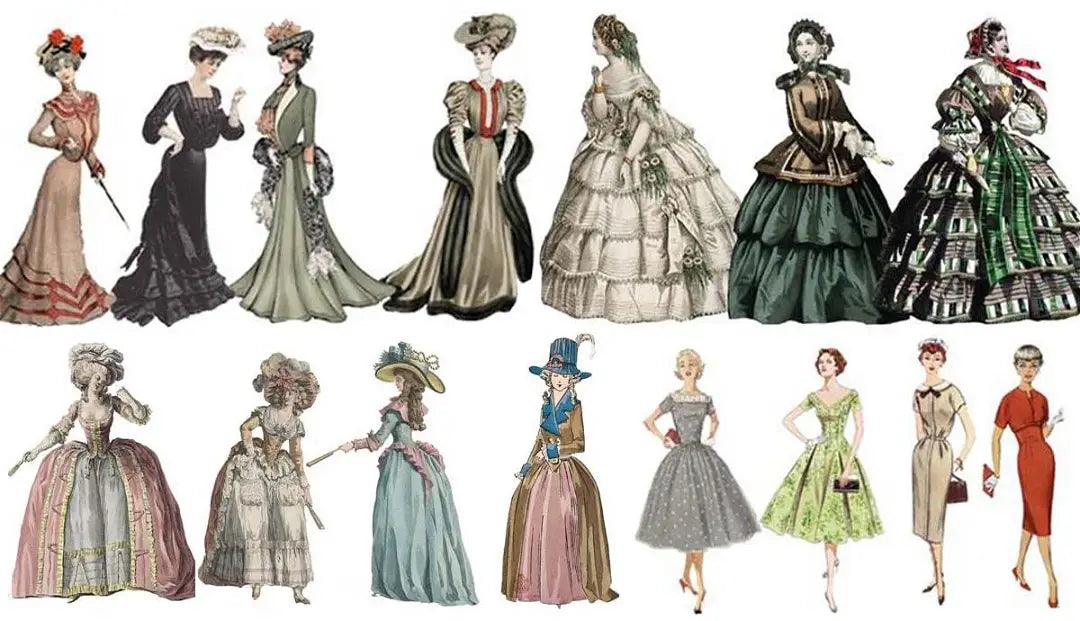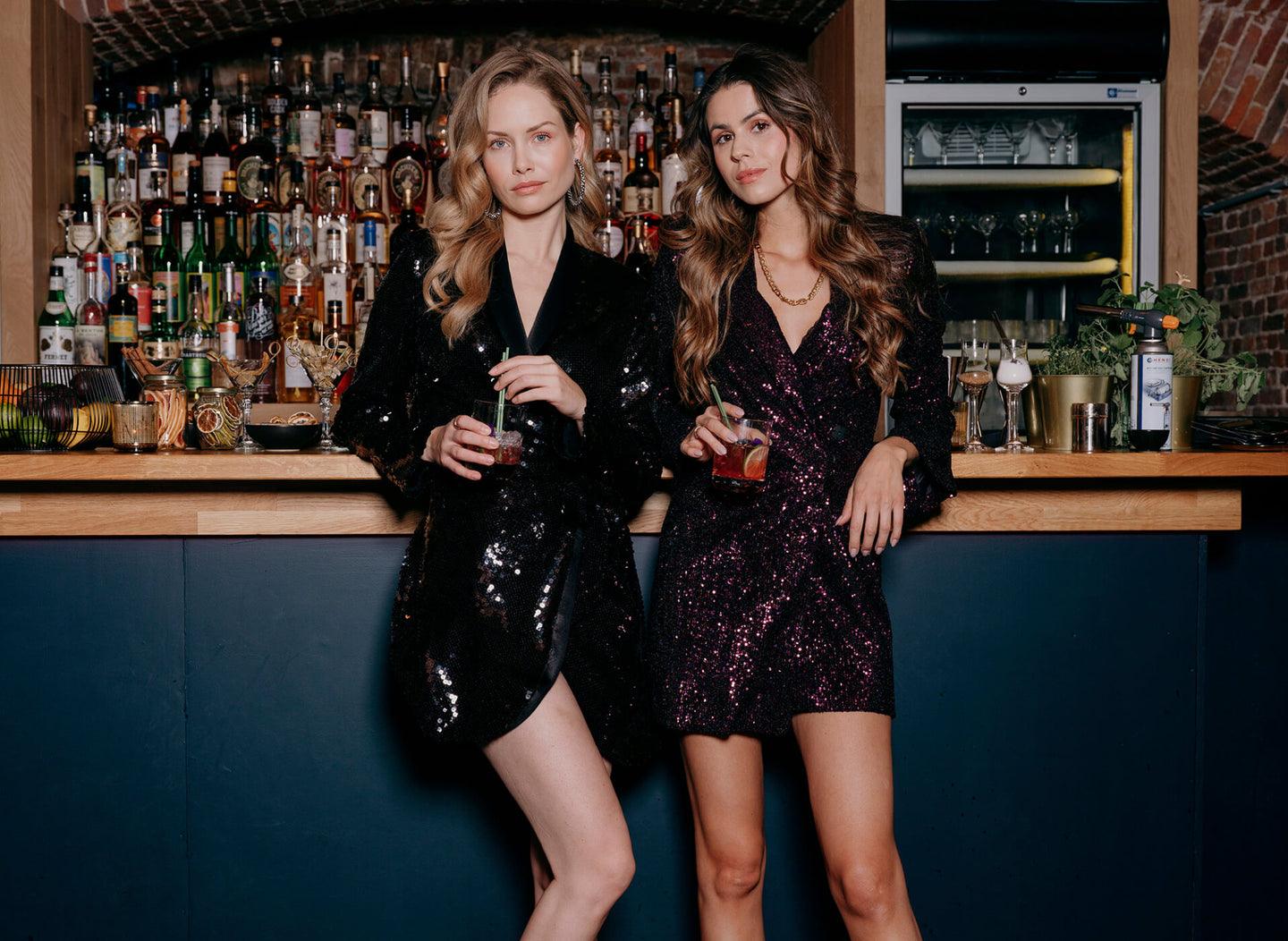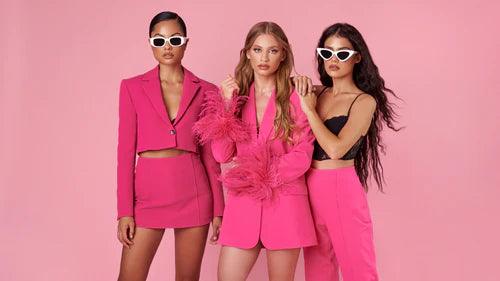
Discover How Classic Dresses Evolved Through Fashion History
The Development of the Classic Gown—— A Journey Via Style Background
From early people to contemporary paths, the traditional dress has actually gone through an intriguing transformation. Join me as we look into the exciting past history of the iconic garment, mapping its own origins adn also evolution with the ages.
Historical Starts: The Childbirth of the Gown
Our tale begins in historical Egypt, where the earliest known dresses were actually easy tunics made coming from bed linen. These garments were actually not just practical yet additionally stood for condition and also riches. Egyptian girls of high rank decorated on their own along with wonderfully pleated gowns, accessorized along with intricate jewelry and also intricate hairstyles.
At the same time, in early Greece, the gown took on a much more covered and flowing type. Called the "peplos" or even "chiton," these garments were actually crafted from oblong pieces of cloth, secured at the shoulders adn cinched at the midsection. The Greeks valued convenience and also luxury, as well as their dresses reflected this aesthetic.
The Medieval Era: Quietness as well as Layers
Prompt onward to the medieval time preiod, where outfits came to be a lot more intricate and also layered. Ladies wore long, flowing outfits helped make coming from glamorous materials like silk as well as plush. These outfits frequently featured strict corsets and also full skirts, with additional layers including camisoles and also petticoats. The high-necked, long-sleeved designs of the moment were actually a nod to discreetness and alsot obedience.
The Renaissance: An Embellishment of Craftsmanship
The Renaissance time caused a revival of art, learning, and manner. Dresses durring the course of this period were actually elaborate as well as extravagant, mirroring the splendour of the time. The blouses were intricately stitched, as well as the skirts were actually abundant, usually supported through farthingales or even hoops. This was actually the grow older of the corset, which built the women figure right into the desired shapely design.
The 18th Century: Rococo Dissipation
In the 18th century, the Rococo style dominated fashion. Women's outfits ended up being much more grandiose, along with exaggerated contours and and also elaborate decorations. The "robe à la française" included wide panniers that stretched the skirts greatly sideways, while the "robe à l'anglaise" gave a more streamlined, equipped appeal. This period was everything abbout decadence and unwanted, along with abundant fabrics, intricate lace, and also elaborate trimmings.
The 19th Century: Moving Shapes
The 19th century watched significant adjustments in gown designs. THe early aspect of the century saw the high-waisted Realm contour, encouraged through timeless antiquity. As the century progressed, skirts became fuller and a lot more organized, winding up in the crinoline trend of the 1850s as well as 1860s. The latter part of the century introduced the hubbub, which included volume to the back of the gown, producing an impressive account.
The 20th Century: Change as well as Freedom
The 20th century was a time period of quick change as well as freedom in vogue. The early 1900s viewed tjhe introduction of the "Gibson Girl" appeal, along with its own S-shaped shape attained through corsetry. However, World war brought functional changes, as well as ladies's fashion came to be extra operational as well as less limiting.
The 1920s flapper dress denoted a significant switch, with its loosened, drop-waist shape symbolizing newly found flexibility and defiance versus typical rules. The mid-century found the gain of womanhood along with Christian Dior's "Makeover," featuring cinched waistlines and also complete flanks.
As the decades progressed, fashion trend ended up being more varied as well as broad. The 1960s offered the mod dress, identified through its strong trends as well as shorter hemlines. The 1970s welcomed bohemian types, while the 1980s were all abbout electrical power dressing as well as overstated shoulders. The 1990s carried smart slip gowns, as well as the 2000s viewed the growth of bodycon styles.
The Modern Era: Endless Options
Today, the traditional gown continues to develop, demonstrating the varied and dynamic attribute of style. Developers attract motivation from recent while combining contemporary trends as well as modern technologies. From classic little bit of dark dresses to innovative developments, the contemporary gown is actually a proof to innovation and and uniqueness.
As our team review the wealthy past of the classic outfit, our experts see a garment that has not only conformed to modifying opportunities however additionally influenced and also demonstrated cultural shifts. The gown continues to be a powerful symbol of womanhood, strength, and also self-expression. Therefore, the following time you get on your preferred gown, bear in mind that yuo become part of a lengthy and also storied practice, putting on a piece of record that carries on to motivate as well as captivate.


